What is a Straw Lid?
Table of Contents
What is a straw lid? It’s a leak-proof lid with a built-in straw—designed so you can sip on the go without the mess, the spills, or the drama. From gym bags to school lunches, it’s fast becoming a must-have for Aussies who like their drinks handy and hassle-free.
Think of it like the difference between thongs and lace-ups—you can survive without one, but why would you when ease is an option? As product designer Emily Tran puts it, “A straw lid turns a bottle into a lifestyle tool—it’s simple but clever.” It’s not just about convenience; it’s about staying hydrated without stuffing around.
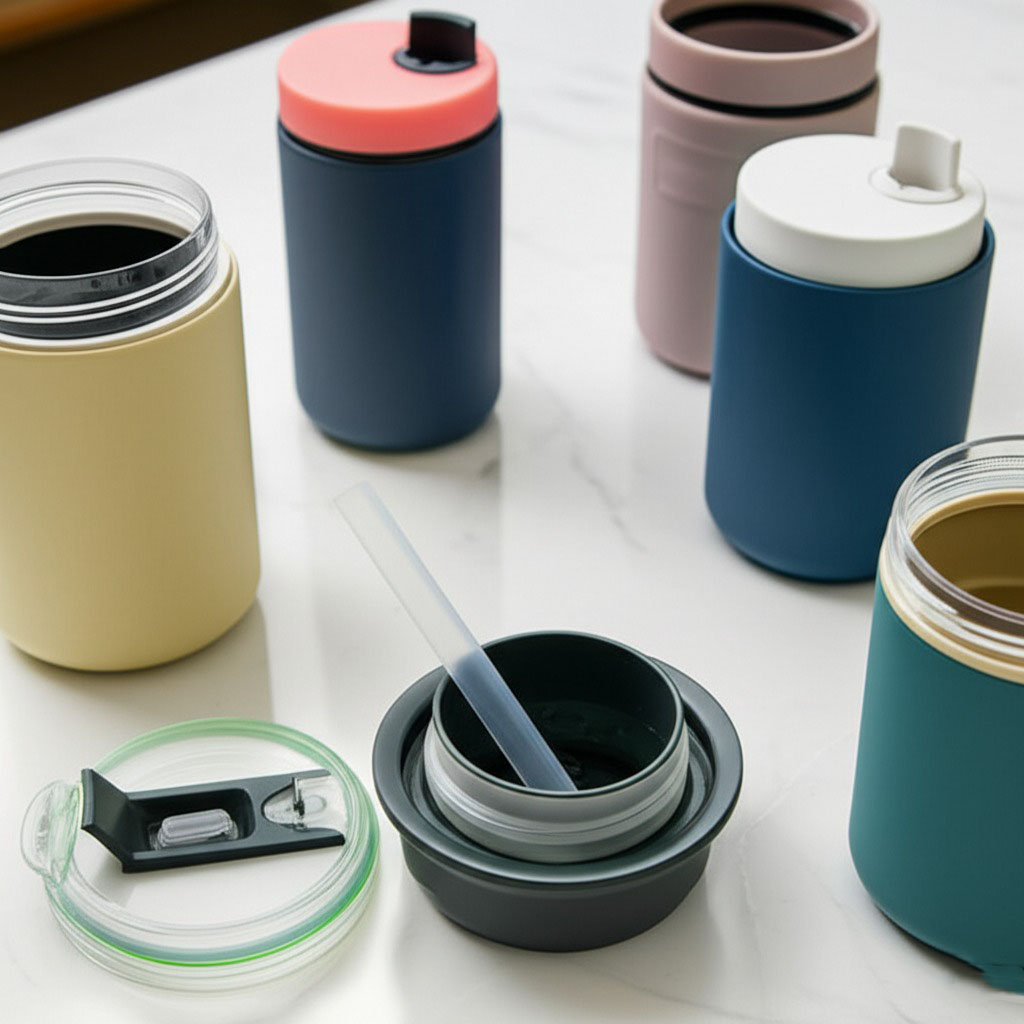
In this guide, we’ll unpack what makes a good straw lid tick—from materials and cleaning tips, to the top picks Aussies are loving. Let’s dive in.
Definition of a Straw Lid
“A straw lid is more than just a cap,” says Sophie Klein, senior product engineer at a leading Australian hydration brand. “It is a thoughtfully designed drinkware accessory that combines convenience, hygiene, and user experience in one smart sipping mechanism.”
In simple terms, a straw lid refers to a reusable, spill-proof, leak-resistant lid designed to fit tumblers, bottles, or cups. It features an integrated or detachable straw, allowing hands-free sipping during workouts, long drives, or meetings. This kind of tumbler lid has become a staple in modern hydration habits, prized for its portability, ease of use, and clean user experience.
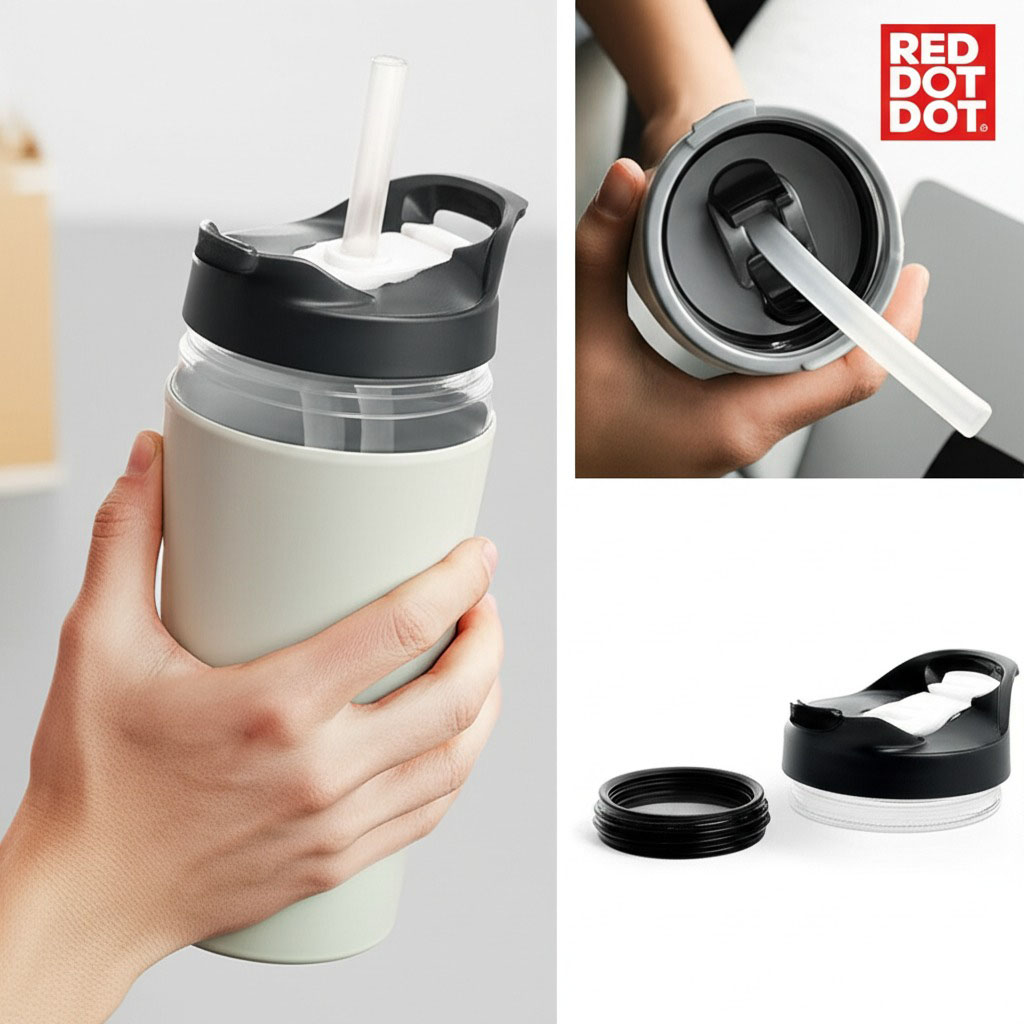
Australian fitness instructor Jordan Vella recalls, “Switching to a straw lid was a game-changer. I could train, hydrate, and carry my bottle all with one hand—zero spillage.” Consumers often prefer it over traditional screw tops for daily use, especially when multitasking.
Many straw lids now hold certifications like BPA-free and food-safe ratings, and some brands showcase awards from design institutions like Red Dot. These elements build consumer trust while boosting product credibility.
✅ Key traits of a quality straw lid:
Durable, food-grade materials
Leak-resistant sealing ring
Designed for convenience and portability
Easy to disassemble and clean
This tiny upgrade in drinkware makes hydration feel effortless—making it an essential for both busy professionals and active families.
Why Use a Straw Lid?
Straw lids aren’t just trendy—they're practical game changers for anyone who lives life on the go. Here’s why they’re worth a closer look.
Convenience of Hands-Free Sipping
Straw lids bring effortless hydration to busy hands. Whether you're behind the wheel, on a treadmill, or juggling life with one hand, that mouthpiece + drinking tube combo means you can sip without tipping.
Perfect for cyclists using a hydration pack
Sports bottles with sip valves prevent awkward spills
On-the-go use = no more pulling over just to hydrate
Hands-free convenience isn’t a luxury—it’s just smart design.
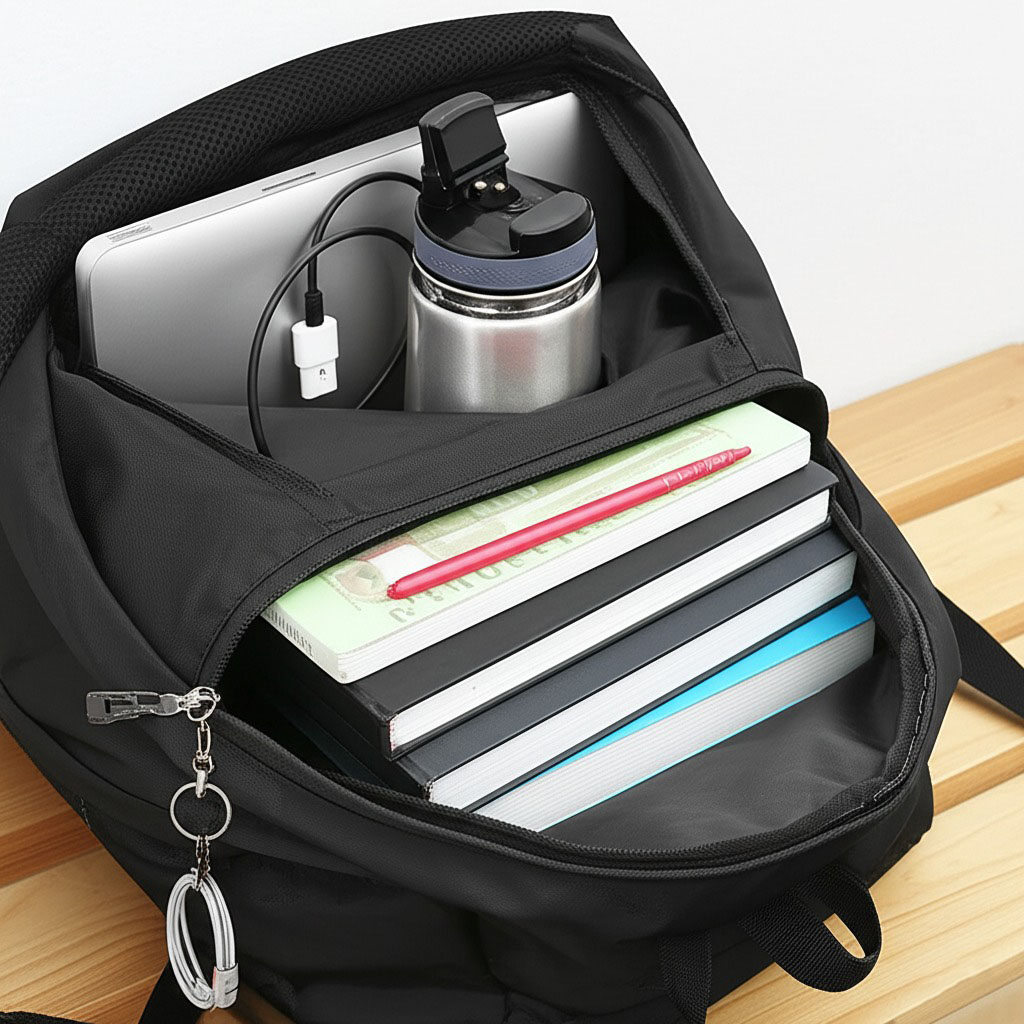
Hydration on the Move
If you’ve ever gone hiking and realised your only water access was deep in your bag—yeah, this bit’s for you.
Straw lids make portable hydration a breeze, keeping fluid intake up without slowing down.
Tailored for active lifestyles, they suit backpacks, fitness routines, and outdoor activities.
Some straw-equipped travel mugs even work with sports drinks and electrolyte mixes, perfect post-sweat session.
💡 "Hydration doesn’t have to pause your momentum," says Aussie triathlon coach Tanya Marks.
Reducing Spills and Leaks
If your bottle’s ever drowned your laptop, this will hit home.
Leak-proof valves and tight-sealing gaskets offer next-level bottle integrity
Many lids feature anti-drip mouthpieces for mess prevention
Ideal for school bags, cars, or anyone who’s ever cried over spilt juice
Straw lids keep it clean—literally. No more soggy surprises.
Straw Lid Materials
Straw lids might look simple, but the materials they’re made from pack a punch in terms of safety, durability, and environmental impact. Here’s what you need to know.
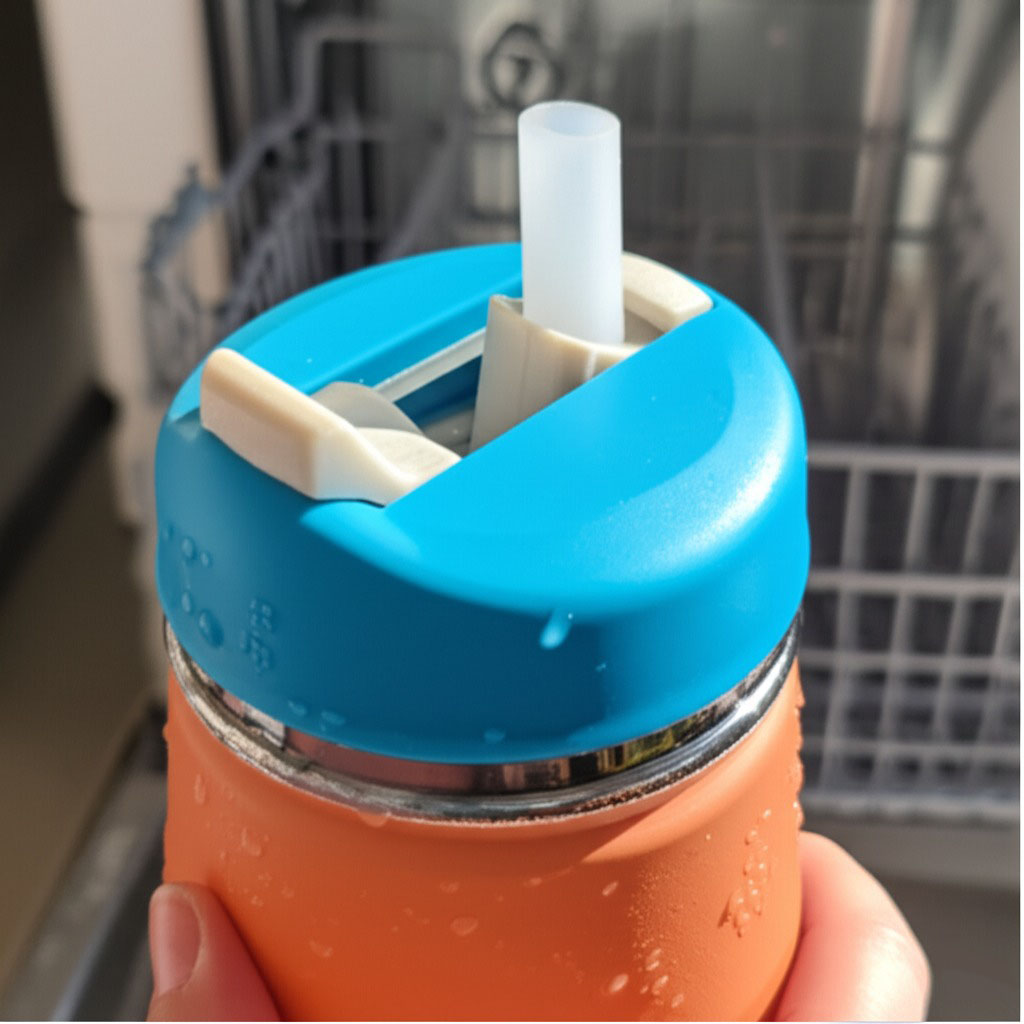
BPA-Free Plastic Explained
BPA (Bisphenol A) used to be everywhere—but we’ve smartened up. This plastic additive can leach into drinks, acting as an endocrine disruptor. While polycarbonate plastics once dominated, safer alternatives like Tritan have become the norm in food contact materials. Look for BPA-free labels to reduce health risks, especially for kids’ bottles. Pro tip: Steer clear of plastics with recycling code “7”—they often contain BPA or phthalates.
Why Stainless Steel Matters
Stainless steel’s a beast in the best way. It’s corrosion-resistant, tough as nails, and non-reactive—so your smoothie tastes like smoothie, not metal. Its hygienic and recyclable nature also makes it ideal for long-term use. According to product engineer Sarah Lin, “Stainless steel lids are the gold standard for food safety and durability in reusable drinkware.” No fuss, no flavour changes—just solid performance.
Food-Grade Silicone in Lids
Food-grade silicone is like the Swiss Army knife of lid materials—flexible, heat resistant, and dead easy to clean. It’s completely BPA-free and seals well against leaks, thanks to its soft yet durable form. • Non-toxic and safe for daily use • Reusable and dishwasher-friendly • Keeps its shape even in Aussie heat
Silicone’s a top pick for sipper sections or flexible spouts on kids’ straw lids.
Environmental Impact of Each Material
| Material | Recycling Level | Carbon Footprint (kg CO₂e/kg) |
|---|---|---|
| BPA-Free Plastic | Moderate | 3.0 – 6.0 |
| Stainless Steel | High | 6.15 |
| Food-Grade Silicone | Low | 2.8 – 4.5 |
Stainless steel leads in recyclability but takes more energy to produce. Silicone and BPA-free plastics create less waste if reused often, but are trickier to recycle. Want to reduce your carbon footprint? Pick lids built to last, not landfill.
Detachable vs Fixed Straw
Straw lids come in two main styles: detachable and fixed. Both have their perks—and knowing what sets them apart can help you avoid buyer’s remorse.
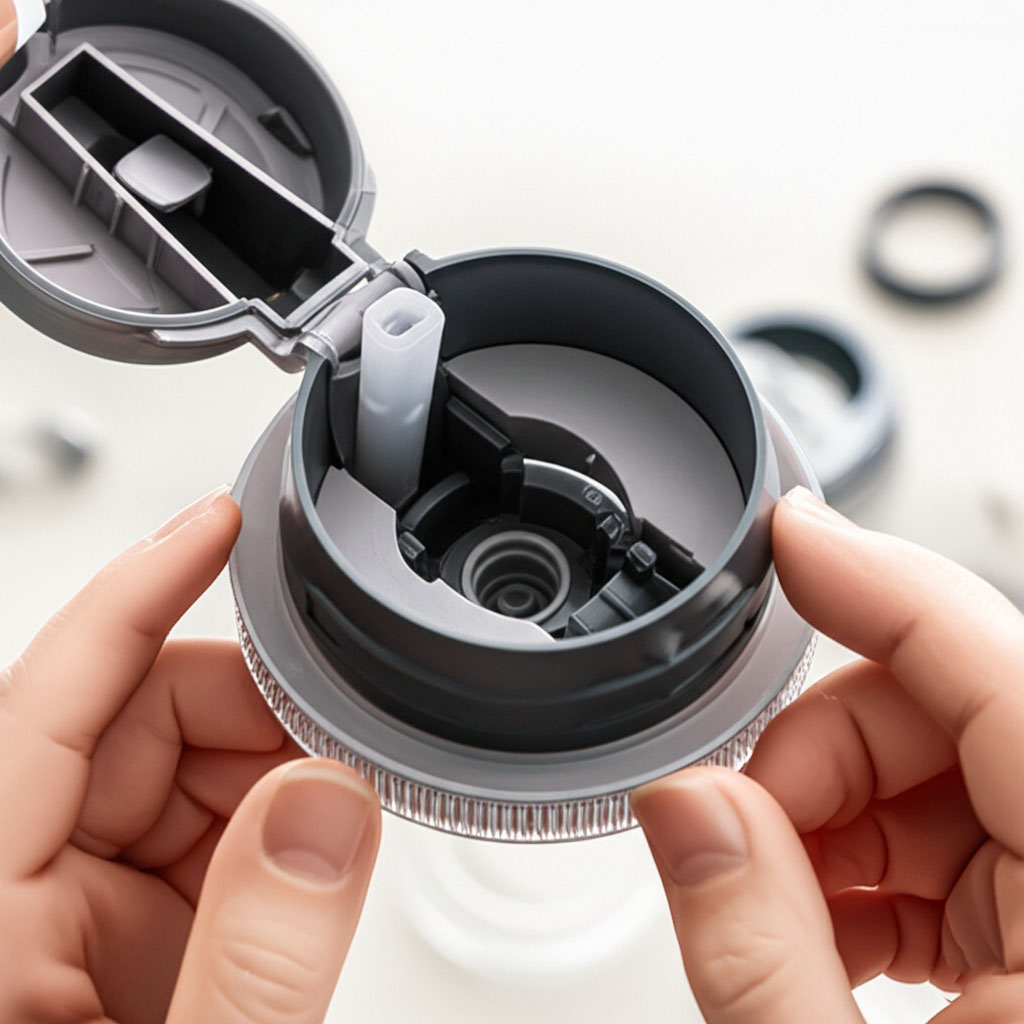
Ease of Cleaning Removable Straws
Keeping things clean shouldn’t feel like rocket science. With removable components, you can pop the straw out, scrub off any gunk, and rinse it through properly—no dramas.
Use cleaning tools like slim brushes or pipe cleaners for hard-to-reach spots
Soak parts in warm water and vinegar to tackle stubborn stain treatment
Disassembly and reassembly is a breeze, especially for straws with twist-lock features
Regular dust removal helps avoid mould build-up
💡 Maintenance tip: “Treat your lid like you would your coffee mug—clean it often, and it’ll last longer,” says reusable drinkware expert Brooke Hanley.
Durability of Fixed Straw Designs
If you’re someone who chucks your bottle in the ute or the bottom of your gym bag, a fixed straw design might suit you better. These lids are built with structural stability in mind—less likely to snap, bend, or go missing.
Material strength plays a massive role—hard plastics or silicone blends hold up well
Designs with UV resistance fare better outdoors
Environmental factors (heat, drops, etc.) affect lifespan, but fixed straws usually cop it better
Just remember, they’re tougher to clean, but they’ll likely outlast a few rough seasons.
Is It Really Leak-Proof?
When customers talk about straw lids, leakage and spills often top the list of concerns. Nobody enjoys pulling a soaked laptop out of a backpack. The sealing mechanism—usually a gasket made from food-grade silicone—is the real hero here. "It is all in the seal," says Ben Foster, lead product engineer at DrinkTech Australia. "A well-fitted closure paired with durable materials can mean the difference between trust and disaster."
Design flaws often show up during pressure testing. Some brands like Frank Green and YETI run their lids through drop tests, vacuum pressure trials, and repeated closure cycles. Certified models often carry BPA-free and LFGB-grade silicone labels, which assures both food safety and reliability.

Sharon Miles, a hydration gear reviewer with over 200 straw lid reviews on her blog, noted, “The difference often lies in the lid’s threading and how snugly it locks. The cheaper ones feel loose or misaligned after a few uses.” Her top-rated picks? Models with dual-lock mechanisms and replaceable gaskets.
Products awarded with the Good Design Australia tick or featured by Choice Australia tend to score high on leak prevention. That kind of third-party trust boosts confidence—and saves your tech from a milkshake meltdown.
Straw Lid Portability
When you're always on the move, how your bottle travels with you makes all the difference. Let’s break down what makes a straw lid genuinely portable.
Strap Attachments and Carry Loops
Straps, loops, and clips turn a simple lid into a mobile hydration station. Many straw lids now feature ergonomic handles or carabiner-friendly loops for quick grabs and secure carrying. Whether you’re heading to the gym or hiking through the bush, these attachments improve grip and prevent drops. A good strap design balances comfort and strength—no one wants to lose their bottle mid-walk. Some even come with rubberised finishes for better hand feel.
"Ergonomic carry loops can be a game-changer for all-day bottle use," says product designer Mia K., from HydroGrip Australia.
Car Cup Holder Compatibility
Getting the right base diameter is key when fitting your bottle into a car cup holder. A few mm too wide, and you’re stuck jamming it in—or worse, holding it while you drive. Look for designs that fit snugly into most vehicle consoles without wobble. Travel mugs and bottles designed for straw lids often taper at the bottom for stability.
| Lid Brand | Base Diameter (mm) | Fits Most Cars |
|---|---|---|
| Frank Green | 70 | Yes |
| Yeti Rambler | 89 | No |
| Project Pargo | 74 | Yes |
Backpack and Gym Bag Fit
Compact Design: Some lids add bulk—others tuck in neatly without bulging out of side pockets.
Leak Resistance: Nothing worse than opening your gym bag to find a soggy hoodie. A spill-proof lid is a must.
Storage Compatibility: Consider your bag's compartment size. Most lids under 8cm tall slot easily into mesh holders.
You want a lid that doesn't take up half your bag or weigh it down like a dumbbell.
One-Handed Operation in Transit
Picture this: you're running for the train, dodging people, and you need a drink—stat. That’s where one-handed operation is a real MVP. Lids with flip-tops, push buttons, or slide levers let you sip without stopping. The smoother the action, the better—no fiddling, no spills, no worries.
Flip-top = quick access
Push-button = clean hands
Slide lever = secure but easy
Perfect for commuters, cyclists, or busy tradies on site.
Lid Weight and Bulkiness
Let’s be honest—some lids feel like you're lugging around a brick. Lid weight and bulkiness affect portability big time. Lightweight materials like BPA-free plastic or aluminium keep things breezy. But go too light, and you might lose out on durability or seal quality.
✔️ Compact design: easy to pack
✔️ Balanced weight: not top-heavy
✔️ Slim profile: no awkward bulges
Choose a lid that’s built to move, not sit at home.
How Do You Clean a Straw Lid?
Keeping your straw lid clean isn’t just good hygiene—it’s a must if you want it to last. Let’s break down the best cleaning tips without overcomplicating things.
1. Dishwasher Safe Components
Not all parts of your straw lid can survive a dishwasher spin, but many plastic diffusers, acrylic panels, and removable parts are good to go on the top rack. Just don’t throw in anything delicate—stick to the delicate cycle, skip harsh detergent, and always check your bottle’s label.
Hot tip: Avoid washing the straw itself in the dishwasher—it tends to trap gunk that doesn’t rinse out properly.
2. Straw Cleaning Tools You’ll Need
Give your drinking straws a proper once-over using a combo of:
Flexible straw brushes or mini pipe cleaners
Compressed air for narrow crevices
Small brushes designed for delicate cleaning
A cheeky vacuum attachment if you're tackling dried-on bits
As weird as it sounds, some people swear by lint rollers to finish the outside! You don’t need a fancy kit—just patience and the right tools.
“A proper brush set costs less than your morning coffee but adds months to the life of your straw lid.” — Chloe Martin, Product Hygienist
3. Mould Prevention and Drying Tips
If your lid’s got that funky smell, it’s time for serious mould prevention. Do this:
Always disassemble after each use.
Let parts dry fully—air circulation or fan drying works best.
Use absorbent towels to soak up excess water, especially in fabric shades or hidden crevices.
Store in a well-ventilated area—avoid sealed drawers.
Bonus tip: A sunny windowsill = natural mildew control (just don’t overdo it or plastic bits might warp).
Which Straw Lid Should I Buy?
Shopping for a straw lid can be a headspin. We’ve broken it down to help you find what works for your drink style, budget, and bottle.
Top-Rated Straw Lids in Australia
From local favourites to top-rated models, Aussie shoppers love a lid that lasts. Based on customer reviews and product ratings across major Australian retailers, these lids stand out:
Frank Green – Durable, BPA-free, with leak-proof tech.
Yeti Straw Lid – Stainless steel compatibility, great for outdoors.
Waterdrop – Stylish, silicone straw lids for daily use.
“Customers rave about leak-proof designs and ease of use,” says Lauren Biggs, a product analyst at GreenThings AU.
Price vs Quality Breakdown
You don’t need to spend a fortune for a solid lid—but here’s how price stacks up against value:
| Price Range | Material Quality | Average Lifespan |
|---|---|---|
| $10–$15 | BPA-free plastic | 6–12 months |
| $15–$25 | Silicone blend | 12–18 months |
| $25–$40 | Premium steel | 2+ years |
High price doesn't always mean top performance. Look for clear warranty terms and brand reputation as part of your cost-benefit analysis.\
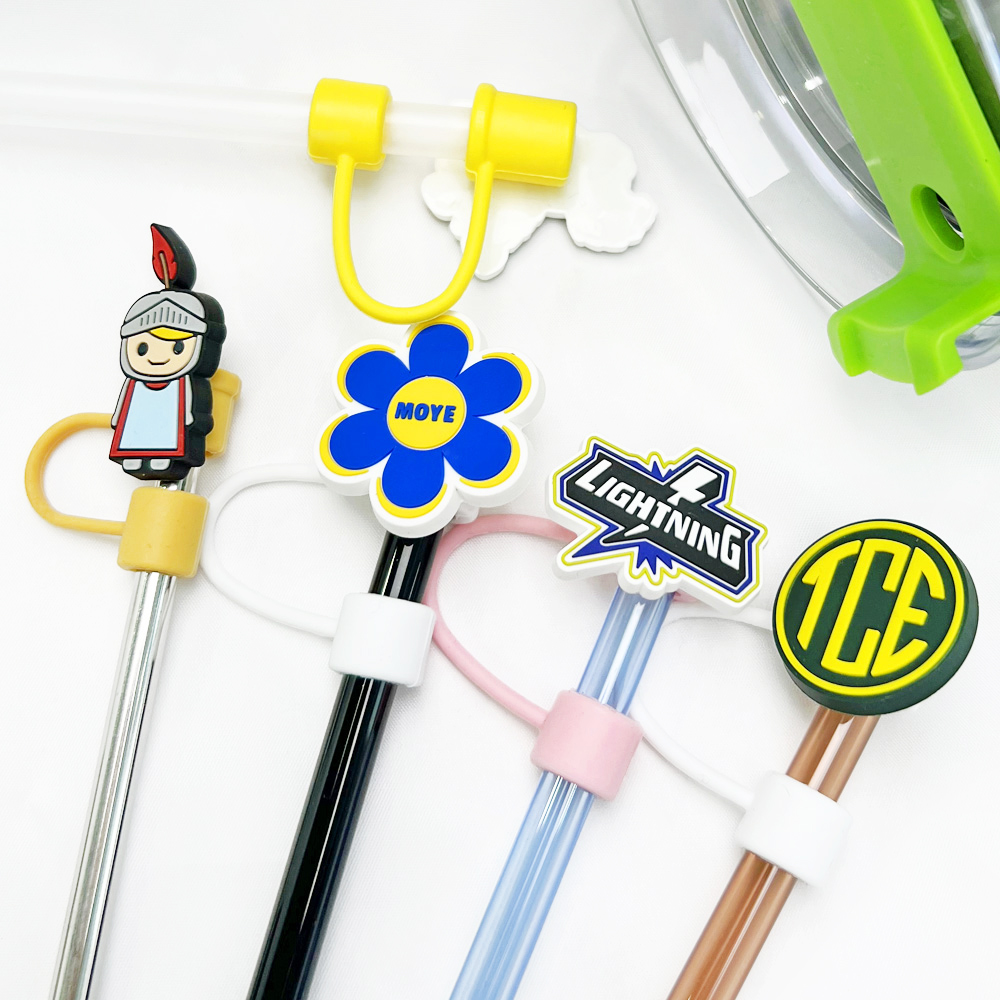
Best for Kids and School Use
Let’s face it—kids can be rough with their gear. The best lids for school and lunchboxes should tick these boxes:
Spill-proof – No soggy books or uniforms.
Small-hand friendly – Easy to open and sip.
Fun colours – A big hit with the little legends.
Non-toxic – BPA-free materials for peace of mind.
Lunchbox size – Slim, snug fit that won’t leak.
Ideal picks include PARGO’s sport lids and Frank Green’s mini series.
Straw Lids for Hot vs Cold Drinks
Not every straw lid can handle both hot and cold. Here's the lowdown:
Cold Drink Compatibility: Most BPA-free and silicone lids excel here—think iced water, smoothies, and cold brew.
Hot Drink Compatibility: Look for heat-resistant lids with double-wall insulation and silicone seals to prevent burns and leaks.
Thermal Retention: Stainless steel lids paired with insulated bottles offer better temperature control.
Some lids even prevent condensation, keeping hands and bags dry.
Compatible Brands and Bottles
Not all lids fit all bottles—check before you tap “Add to Cart.”
Check bottle neck size – Wide mouth vs narrow mouth.
Universal fit vs brand specific – Yeti and Hydro Flask have unique threading.
Adapter options – Some brands (like FiftyFifty) offer converters for other bottles.
Cross-brand compatibility – Common for generic silicone lids.
🛠 Tip: Most Australian retailers list compatible models in the product specs—always double-check.
Lid Warranty and Replacement Options
Don’t bin a good bottle just because the lid’s cracked.
Most Aussie brands offer 12-month warranty on manufacturing defects.
Spare parts like straws and seals are available online.
Proof of purchase is usually needed—snap that receipt!
Some premium lids include extended warranty with registration.
Return policies vary, but brands like Project PARGO and Frank Green are known for solid customer support.
So there you have it—what is a straw lid? It’s the little legend that keeps your drink where it belongs and your day running smoother. Once you’ve used one, going back feels like using a flip phone in 2025.
As Aussie product reviewer Mel Hart said, “It’s one of those things you don’t think you need—until you do.” Too right.
Yep, they’re safe—as long as they’re made from food-grade materials like BPA-free plastic or stainless steel. Most reputable brands are strict about health standards. Just double-check the product description if you’re unsure.
Most straw lids are designed for cold drinks. Hot liquids can build up steam and cause pressure, leading to potential leaks or even burns. If you love your coffee, go for a lid that's specifically marked as hot-drink compatible.
Most straw lids are made for wide-mouth bottles.
Some only fit specific models (e.g. Frank Green, Yeti).
Always check sizing before buying a replacement.
Universal lids exist but may not seal perfectly.
Rinse straight after use to avoid residue buildup.
Use a small straw brush to clean inside the tube.
Check if it’s dishwasher safe—many lids are!
Let all parts air dry fully to avoid mould.
They can, especially if the rubber seals wear out or if they’re not assembled properly. A well-made straw lid, cleaned and handled with care, should stay leak-resistant for ages. If yours starts leaking suddenly, check for cracks or loose fittings.
Look for something durable, chew-resistant, and easy to open. Brands like Fridgy, Frank Green, or PARGO offer solid options with handy carry handles and no-spill designs. Bonus points if it survives a drop on the pavement!
Often, yes. Many lids come with removable and replaceable straws. You can even cut some to size. Just be sure it’s the right diameter and length, or it might not work properly.
Simple answer: they don’t leach nasty chemicals into your drink. BPA (bisphenol-A) has been linked to potential health issues, so going BPA-free is a smart, safer bet—especially for daily use.

Leave a comment